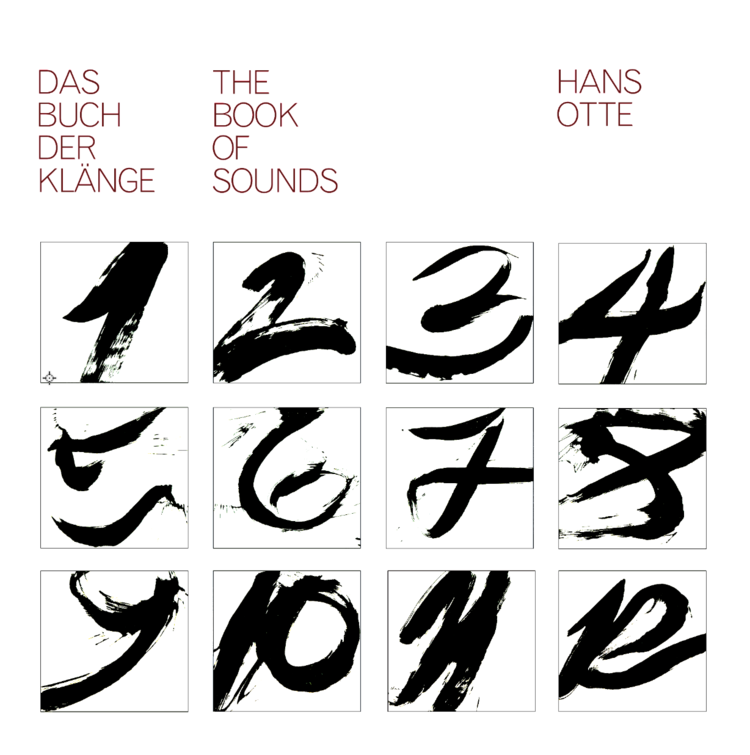 The Book of Sounds was composed between 1979-82, when Hans Otte was reflecting on his previous artistic output, by distilling hundreds of pages of improvisations he had written down, and looking ahead to a future dealing with his cancer diagnosis. The work was originally released in 1984 and consists of 12 solo piano pieces which blend older and newer traditions: the intimacy and poetic style of Chopin and the pantheistic eulogies of Debussy as against the Eastern rhythms and pointillist pulses familiar to Reich and Glass. Yet these influences are subsumed beneath an artistic vision: music stripped to the bone and laid open to deep listening and personal reflection. There is neither great variation nor exact repetition in these 12 tracks. Instead there is a deep exploration of sound, the sound of an acoustic piano, with great emphasis on harmony.
The Book of Sounds was composed between 1979-82, when Hans Otte was reflecting on his previous artistic output, by distilling hundreds of pages of improvisations he had written down, and looking ahead to a future dealing with his cancer diagnosis. The work was originally released in 1984 and consists of 12 solo piano pieces which blend older and newer traditions: the intimacy and poetic style of Chopin and the pantheistic eulogies of Debussy as against the Eastern rhythms and pointillist pulses familiar to Reich and Glass. Yet these influences are subsumed beneath an artistic vision: music stripped to the bone and laid open to deep listening and personal reflection. There is neither great variation nor exact repetition in these 12 tracks. Instead there is a deep exploration of sound, the sound of an acoustic piano, with great emphasis on harmony.
As the tracks are only titled by number all expectation is removed, there is no imagined narrative to follow, or prescribed scenes to imagine. What remains is an opportunity, to follow the sounds to a place where nothing can obscure them. The Book of Sounds documents Otte’s great restraint and focus in creating music both serene and dynamic. As I listened I felt that nothing was forced or lacking in confidence, all seemed to have a natural flow as (in my mind) atoms danced, flames flickered, icicles dripped, silence reigned, waves rolled. Then I began to wonder if there are twelve pieces in reference to twelve tone chromatic scale serialism, the twelve months of the year according to Gregorian, Hindi and other calendars, or something else.
It has been said that Otte is best known for his administrative and promotional work on behalf of others. Indeed, from 1959-84 as head of the music department at Radio Bremen, and by founding the Pro Musica Nova festival, Otte introduced such American artists as John Cage, Terry Riley, Steve Reich, La Monte Young, and others to European audiences. Yet The Book of Sounds can stand with the work of any of those composers. Otte’s goal was to create a work which invited close observation for ‘all those who want to draw close to sound, so that, in the search for the sound of sound, for the secret of life, one’s own resonance is discovered.’
It is not too pretentious to suggest that he achieved that goal. Oddly the years 1979-82 frame a definite ending and beginning period in my own life and it is strange to consider that at the same time in Northern Germany Hans Otte was hard at work on this great recording. He survived his cancer diagnosis and lived until 2007.
 
 
Read More

